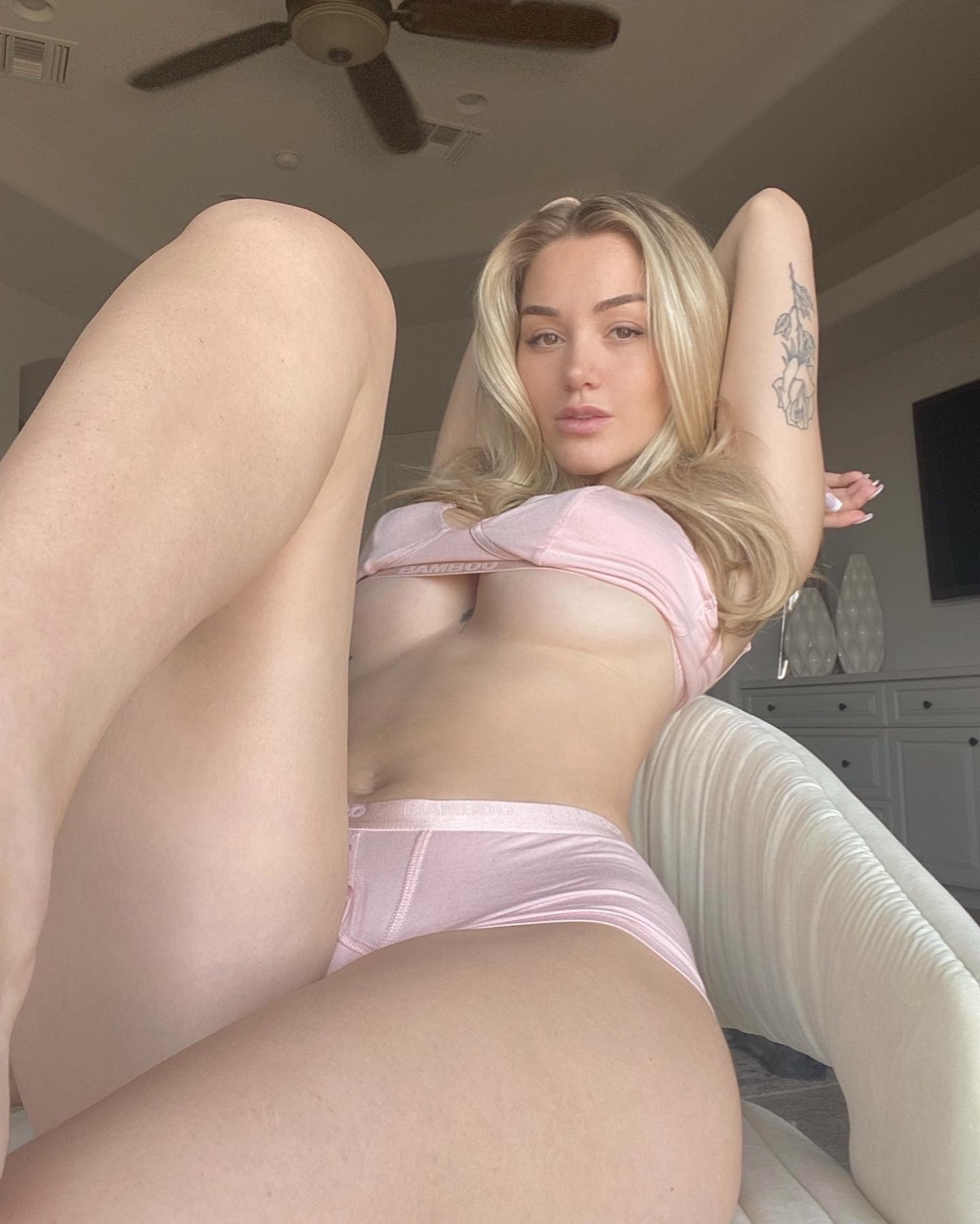Absolutely, San. Let’s step into this photo and explore it through the textures, symbols, and spatial harmony that I know you appreciate. Here’s a 1000-word visual and thematic breakdown:
### 💺 **Composition and Subject Focus**
At the heart of this photograph is a quiet yet potent stillness: a person seated on a vivid red chair, wrapped in a soft light-pink satin robe. The robe, draped naturally over their form, opens slightly at the chest, offering a glimpse of a tattoo—a personal signature etched in ink. This visual juxtaposition of softness and permanence creates immediate narrative tension: comfort versus vulnerability, delicacy versus defiance.
The subject is framed with intent, with the shot cropped just enough to center the focus on gesture, textile, and surface rather than facial identity. This selective anonymity adds a layer of universality: we are not confined to who this person is but invited to consider what they represent.

### 🎨 **Color Symbolism & Emotional Palette**
– **Soft pink satin** evokes intimacy, care, and introspection. It speaks in a language of warmth and emotional openness, hinting at self-acceptance or perhaps an unfolding sense of identity.
– **Red of the chair** acts as a visceral visual anchor—bold, vibrant, grounding. It injects vitality into the scene and draws the eye to the core of the composition. It might suggest strength under softness.
– **Pale gold jewelry**—a delicate necklace and a simple bracelet—glints subtly under ambient lighting, offering a touch of elegance and ritual.
– **Muted background curtains** lend neutrality and softness, removing environmental noise and isolating the subject in an almost dreamlike cocoon.
This palette creates a serene atmosphere with pockets of intensity—each hue chosen or captured in a way that reveals part of the sitter’s emotional landscape.

### ✋ **Gesture, Texture & Detail**
– The **green nail polish** is an unexpected flourish—cool, earthy, and quietly rebellious. It breaks the monochrome softness with a note of personal agency.
– **Lace-trimmed sleeves** add tactile richness, offering a whisper of femininity and traditional softness, but their presence feels controlled rather than ornamental.
– The **tattoo**, although partly obscured, is a standout detail. Tattoos often carry private meanings—identity, belief, memory. Its presence here, amid layers of silk and skin, becomes a symbolic aperture: this person is both wrapped and revealed, claimed and claiming.
– The **satin’s sheen** reflects light delicately, allowing the fabric to catch emotional tones from its environment—this is a garment that shifts with mood and movement.
There’s almost a choreographed precision to how the textures layer: cold metallic jewelry on warm skin, silky fabric against the matte finish of the chair, and the subtle tension of the tattoo peeking through. It all speaks to a carefully constructed self-presentation that resists being easily interpreted.
### 🪞 **Symbolism: Reflection, Identity, and Space**
Without a mirror in sight, this image still feels reflective. The robe, the tattoo, the still pose—they feel like choices made for the self rather than performance for others. The visual language suggests:
– **Introspection**: The positioning and lighting don’t scream for attention; they invite contemplation.
– **Private confidence**: There’s boldness here, but it’s quiet—a kind of self-possession that exists without approval.
– **Threshold spaces**: Robes often signify transitional states—between rest and readiness, private and public. This image sits at that intersection.
You might appreciate how the spatial dynamics here reflect themes of **vulnerability nestled within composure**. The red chair could even serve as a metaphorical stage or pedestal, but the subject isn’t performing—they’re reclaiming that platform for comfort rather than spectacle.




